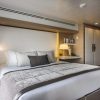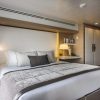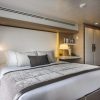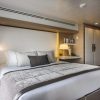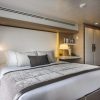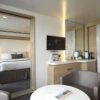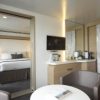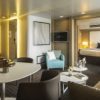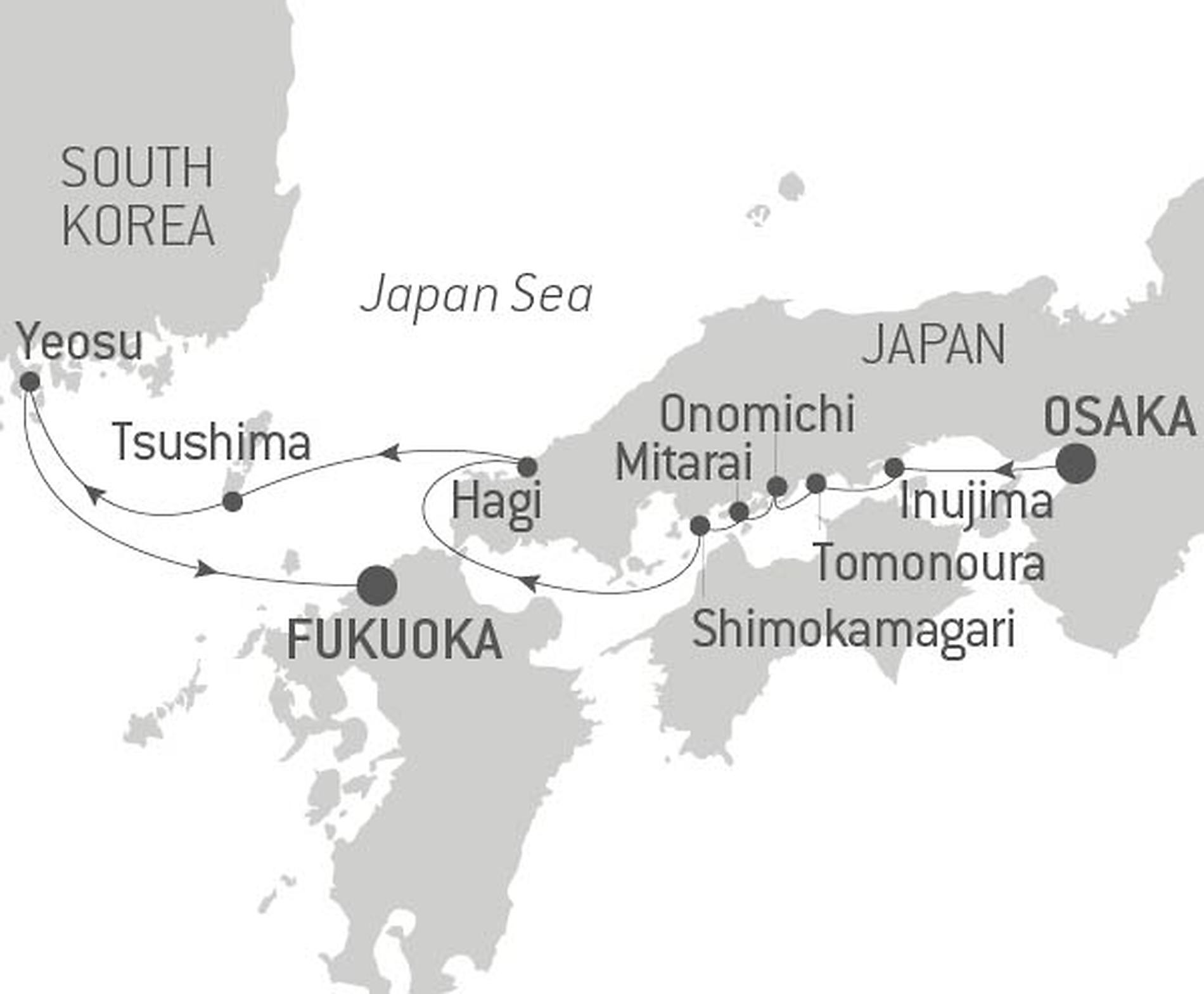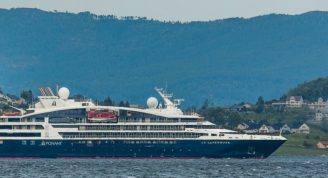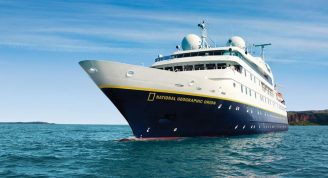Description
With this brand-new itinerary, PONANT is taking you on a cruise from Kobe to Fukuoka. This 8-day circuit will allow you to discover the jewels to be found in the picturesque towns and cities of the Seto Inland Sea. The oldest sea route in Japan, a strategic hub during Antiquity, it was also the theatre of many battles and historic events that shaped its myth and grandeur over time with the ebb and flow of the tides.
Le Soléal will set sail from Kobe, a forward-looking modern city, and make its way to the island of Inujima. A flourishing centre of the mining industry more than a century ago, particularly for copper extraction, this small 54-hectare island is now an essential destination for contemporary art enthusiasts. It is notably home to the Seirensho Art Museum, designed around the remaining blackened walls of a former copper refinery.
Aboard one of our zodiac inflatables, you will then head to Tomonoura, known for its gentle way of life and its craggy landscapes, which inspired the artist Hayao Miyazaki for the animated film Ponyo. Then, you will visit Onomichi, a charming coastal town surrounded by green hills and home to a large number of temples and emblematic shrines, including the Senkō-ji, Saikoku-ji, and Jōdo-ji temples.
After calling at Mitarai and Shimokamagari, two traditional fishing villages, Le Soléal will continue its crossing of the Seto Inland Sea to drop anchor on the island of Honshu, in Hagi. The home of the samurai and of Hagi ware will win you over with its narrow streets, traditional houses, and the former residences of the Japanese warriors from this feudal town, of which the mythical Shizuki Castle, erected in the 17th century, emerges as a symbol.
Then, you will sail towards Tsushima, the largest of the Nagasaki islands. Famous for its Aso Bay, offering exceptional panoramas of its ria coast, the island separates the Korean Peninsula from Japan. Eighty-nine percent of it is covered by natural vegetation and mountains. This green setting is the natural habitat of the Tsushima leopard cat, among others.
Your ship will then take you to Yeosu, in South Korea. Thrust into the international limelight for hosting the Marine Expo in 2012, the coastal city will captivate you with its traditional character, evident also in its fish market.
Your cruise will end in Fukuoka, your disembarkation port.



